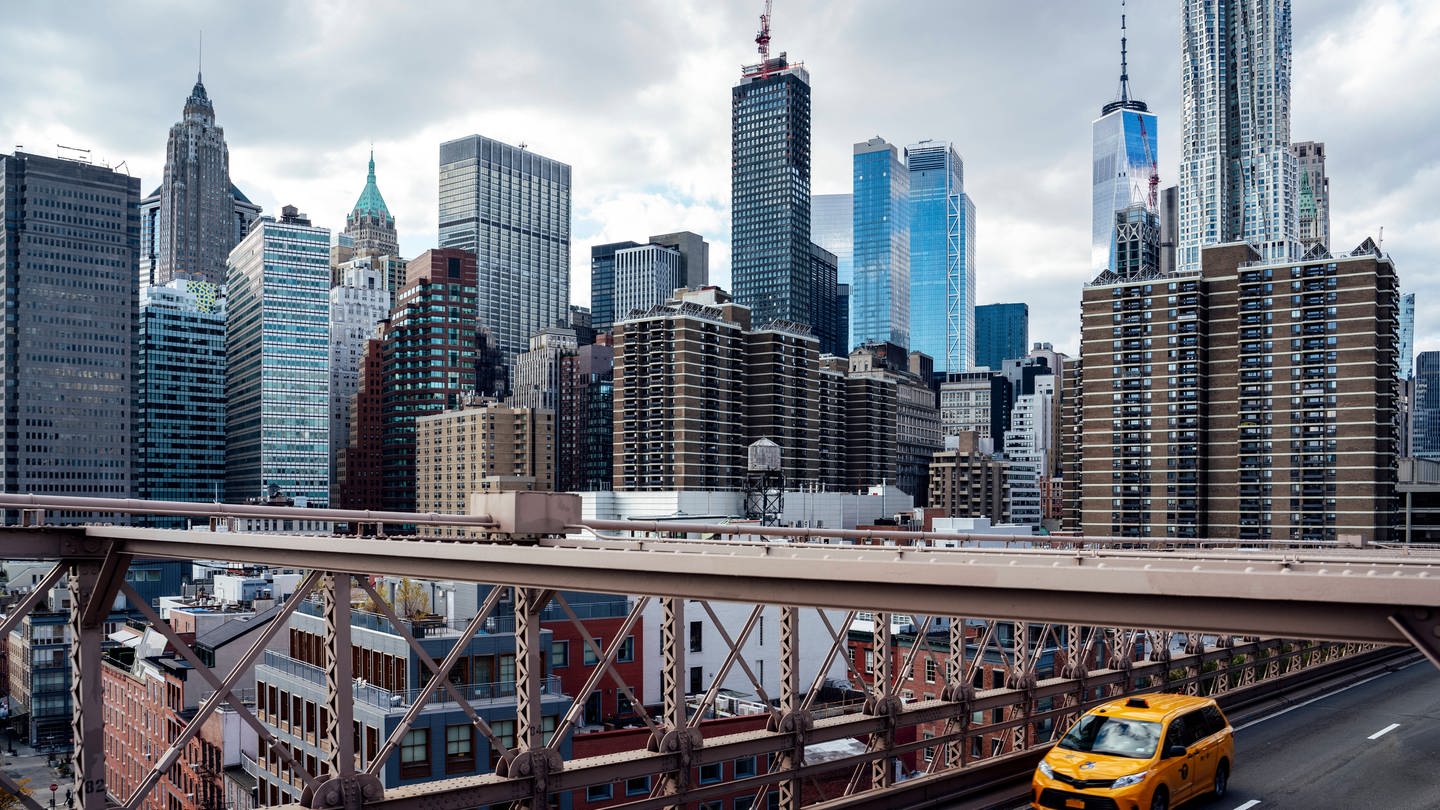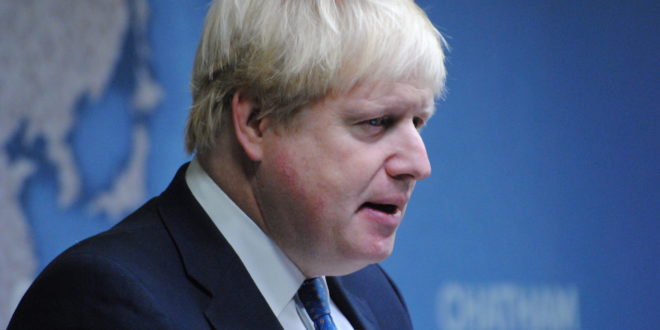Lively and seductive: advertising campaign from the 1970s
One could make all kinds of speculations about this: Was the city once famous for its apple trees? No. It can’t have anything to do with Steve Jobs’ computer company either, because it came later and is located on the west coast.
As early as the early 1970s, there was a major advertising campaign to attract tourists. That’s when it became the slogan of city marketing. “Big apple” should be memorized and the apple should become a recognizable logo in the brochures. The red, crunchy, juicy apple should stand for a city bursting with life, maybe also seductive – and that has made a lasting impression.
Earliest source with reference to the apple: 1909 book
However, the marketers didn’t just make it up; the phrase “Big Apple” was there before that. It was first mentioned in 1909. At that time a book by the writer Edward S. Martin was published – he was among other things editor of the Life Magazines. The book was called „The wayfarer“. It contains a quote about the people from the Midwest, from Kansas, who see New York as a greedy city and find that “the big apple” – New York, “gets an inappropriately large portion of the national juice.” This is the earliest source to refer to New York as the Big Apple.
Equestrian sports and jazz pick up the expression early on
The expression was probably already common, and was kept alive by different sides. On the one hand, there was horse racing in the 1920s. Horse racing was very popular in New York. And the prices for the winners were correspondingly high. And whoever won there was said to have won Big Apple won.
But that alone might not have gotten stuck in people’s minds if it wasn’t for a sports journalist New York Morning Telegraph would have given: John Fitz Gerald named his regular equestrian column after this fact: „Around the Big Apple“. He says he picked it up in New Orleans, where the horse races were a little lower endowed and where the riders and their grooms spoke enviously of New York as the city where you could cash in – where the Big Apple was to be won. One probably also thought of the horses that earned a big apple in the race, but of course what was meant was the big money that their riders carried home with them.
Jazz musicians later took up the term. There are many jazz pieces from the 1930s where New York is referred to as the Big Apple.
The term apparently became established early on – before it was actively used by the city for marketing in the 1970s.
– .

